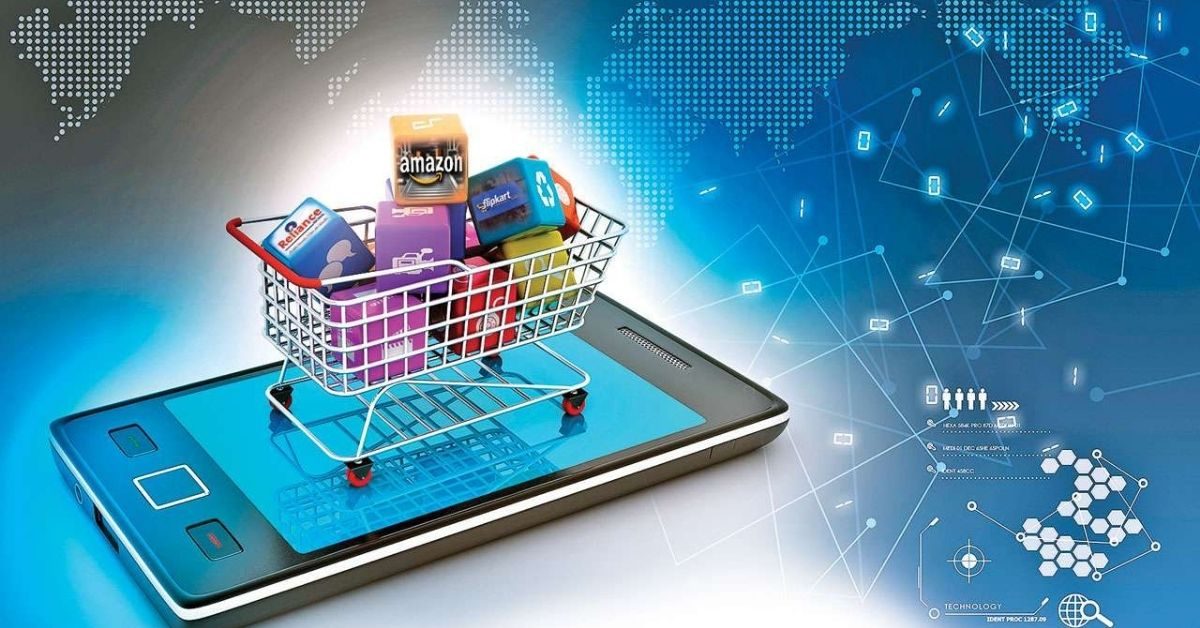
Flomic Global Logistics ltd
Ecommerce retailers currently cater to 80-100 million online customers. The fortunes of an ecommerce player hinge on customer service and managing the ever-growing customer expectations. Last mile delivery partners who manage package handling and timely delivery are a key spoke in the ecommerce ecosystem. They are the brand ambassadors of an ecommerce player.
With India ecommerce market expected to touch $200 billion* by 2026, firms are racing to develop new technologies and strategies to stay relevant and competitive in the online market. Last mile delivery, which comprises 45-50% of transportation has become the most expensive and time-consuming segment of the logistics chain of an e-commerce player.
More than 80% of customers today are willing to pay more for faster delivery. Inefficient routing practices, manual allocation of tasks and poor management of third-party logistics providers are becoming the Achilles heel of the online retailers.
Efficient last mile connectivity is a key factor behind the success of any ecommerce retailer. Covid 19 has acted a trigger and changed the rules of the game for last mile connectivity in India.
The pandemic transformed the retail ecosystem and consumer behaviour giving the much-needed impetus in overhauling and redefining the last mile connectivity. The pandemic changed the nature of ordering online from a matter of convenience to a necessity. This led to the ecommerce players and their last mile delivery partners to re-strategize their service offering.
Customer expectations and cost unpredictability are the key factors that form the basis of a successful ecommerce business. Customer needs are dynamically evolving with flexibility (re-routing, re-scheduling), speed (same day/ next day delivery), cost of delivery and security of the package becoming key to the operational success of a firm.
Legacy supply chain architecture and traditional delivery processes coupled with poor system interoperability have led to poor visibility of logistics operations resulting it in becoming a time-consuming process. Firms are realising this and companies are heavily investing in developing technology solutions that will enable them in enhancing operations, lower turnaround time for last mile connectivity and better consumer experience. Catering to evolving customer needs is increasingly becoming the key differentiating factor. Stronger players are redefining their solutions to address the real-time need of customers and the emerging operational-related issues. This has led to emergence of newer models of delivery.
During the pandemic many ecommerce firms changed their delivery models from fixed slotted delivery to dynamic slot delivery, making them more agile to changing on ground realities of supply chain snags, reduced workforce and evolving customer needs.
E-commerce retailers face significant operational challenges such as high failed delivery rates, fluctuating volume density, inaccessibility of remote locations, order cancellations, return orders etc. All these factors lead to increased unpredictability in last mile delivery cost. Inability to have a strong technology platform to device a cost-efficient last mile delivery strategy can lead to failure of an ecommerce business.
Tier II and below cities are a huge market for Indian retailers. However, the market presents various logistical challenges like poor infrastructure, longer transit times, higher logistics cost and higher return. All these factors lead to greater inefficiency and bloat up the logistics cost. Good infrastructure coupled with a strong technology platform will enable ecommerce retailers in making inroads into rural India. The National Infrastructure Pipeline (NIP) is expected to bolster the last mile connectivity by way of providing better infrastructure particularly for road transportation.
New trends are emerging in last mile connectivity such as contactless delivery and verification process. Lot of firms are now exploring drone technology that will disrupt the last mile connectivity landscape and the way by which brands will address customer needs. However, last mile delivery through drone technology has a long road ahead till it sees light of the day. Greater regulatory support and technology innovation will make drone delivery cost efficient leading to drone delivery becoming the frontier for last mile delivery.
Another emerging trend is scenario planning through digital simulation. Companies are conducting studies to simulate business and operational scenarios faced on the ground that will enable them in gauging and mitigating operational sensitivities and risk concentration.
Last mile service providers are exploring various innovative options to enhance service quality.
Lot of service providers are tying up with local mom and pop stores to act as pick and drop points of shipments, thus enabling them in expanding their reach to more pin codes for which they do not have direct coverage.
Another emerging trend is of secured lockers where service providers are providing parcel locker facility which houses secure lockers at various locations. The customers can collect their parcels from these locations as per their convenience within a given time frame.
A lot of firms are also focusing on technology that enables digitization of addresses, which will enable retailers in reducing transit time, lower delivery attempts and improved accuracy of last mile delivery.
Crowdsourcing model has been prevalent in the hospitality, transportation and food delivery industry. Retailers are now eying this model because of its low start-up cost, asset light operations and improved customer experience to ease their last mile delivery woes. Crowdsourcing technology will enable retailers, logistic partners and consumers to connect directly with local delivery partners who use their own transportation for delivery. This will enable companies in delivering their orders to customers faster and give the customer the flexibility to pick-up their parcel at a convenient time. This on-demand and scheduled delivery will also ensure the customer availability at the delivery address thus reducing need for multiple delivery attempts, thus bringing down the cost of delivery.
Dynamic routing tools are being developed to ensure fast delivery, cost efficiency and better customer experience. The dynamic routing model will enable companies in tracking their delivery fleet on a real-time basis by factoring in route productivity, vehicle capacity and fuel consumption to device a cost and time efficient delivery model.
The pandemic has forced companies to be more agile in adapting to the fast-changing environment, with increasing complexities companies are focusing on developing strong technology platforms to strengthen their last mile connectivity. Last mile connectivity is the weakest link in the supply chain and yet is the most powerful tool in determining the future of an e-commerce retailer. Firms that are able to crack the code of cost-effective last mile delivery are the ones that will garner higher market share and thrive. Technology and digitization will remain the cornerstone of efficient last mile delivery.







